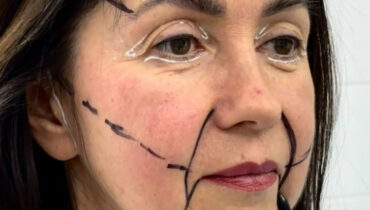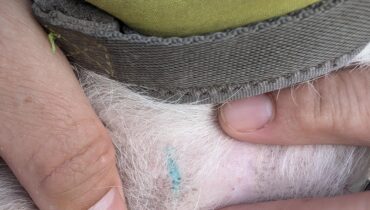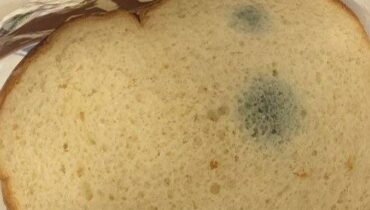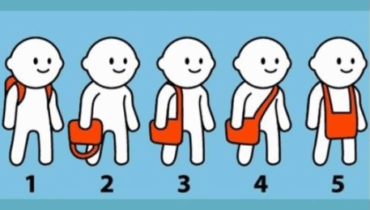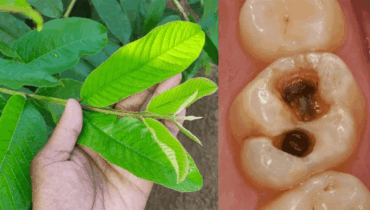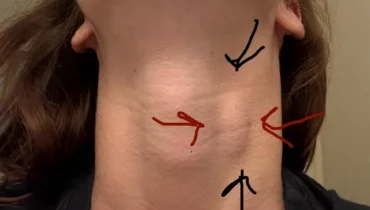📌 Urticaria Explained: Causes, Symptoms, and Effective Treatments for Hives

Posted 16 August 2025 by: Admin
Itchy, red welts suddenly appearing on the skin can be alarming — especially when they spread quickly and cause discomfort. Known as urticaria or hives, this condition ranges from mild and temporary to persistent and disruptive.
A skin condition called urticaria is characterized by raised, red, and intensely itchy welts that can appear anywhere on the body, including the face, arms, legs, and torso. These welts vary in size, may cluster together, and often resolve within hours or days. However, they can recur and significantly affect quality of life.
Urticaria presents as red or skin-toned bumps or plaques, often with pronounced itching. While generally harmless and short-lived, its sudden onset can be distressing. The condition occurs when mast cells release histamine and other chemicals into the bloodstream, causing fluid to leak from small blood vessels in the skin, producing the classic swelling.
Main Symptoms of Urticaria
Hives: Well-defined, raised lesions with red borders and paler centers. Pruritus: Ranges from mild to severe itching. Evanescent Nature: Individual welts usually disappear in under 24 hours without leaving marks, though new ones may appear elsewhere.
In some cases, angioedema — swelling of deeper skin layers — accompanies urticaria. It commonly affects the lips, eyelids, hands, feet, or genital area, and can cause pain or tightness. When the swelling involves the tongue or throat, it becomes a medical emergency due to breathing difficulties.
Types of Urticaria
Urticaria is classified primarily by duration: Acute Urticaria: Lasts less than six weeks, often with an identifiable trigger. Chronic Urticaria: Persists beyond six weeks, sometimes with no clear cause (chronic spontaneous or idiopathic urticaria).
Physical or inducible urticaria occurs when hives are triggered by specific stimuli:
Dermographism: Hives form when the skin is scratched or rubbed.
Cold Urticaria: Triggered by exposure to cold.
Pressure Urticaria: Caused by sustained pressure from items like tight clothing.
Solar Urticaria: Triggered by sunlight.
Cholinergic Urticaria: Linked to increased body temperature from exercise or hot baths.
Common Causes
Allergic Reactions: Foods (shellfish, nuts, eggs, milk), medications (antibiotics, aspirin, ibuprofen), insect stings, and latex. Infections: Bacterial (e.g., strep throat) or viral (e.g., common cold, hepatitis). Physical Factors: As with inducible urticaria above. Emotional Stress: Not a direct cause but can worsen flare-ups.
For chronic cases, autoimmune conditions where the immune system attacks mast cells may be responsible.
Diagnosis and Treatment
Diagnosis is based on medical history and physical examination, with emphasis on duration and possible triggers.
Treatment focuses on relieving symptoms and avoiding triggers:
Antihistamines: First-line therapy to reduce itching and hives, available over the counter or by prescription.
Corticosteroids: Short-term oral use for severe or persistent cases to reduce inflammation.
Avoidance: Steering clear of identified triggers like certain foods or medications is key to prevention.







